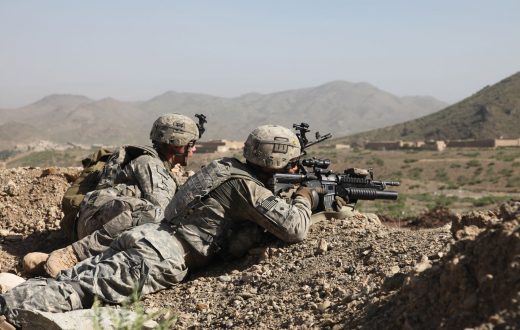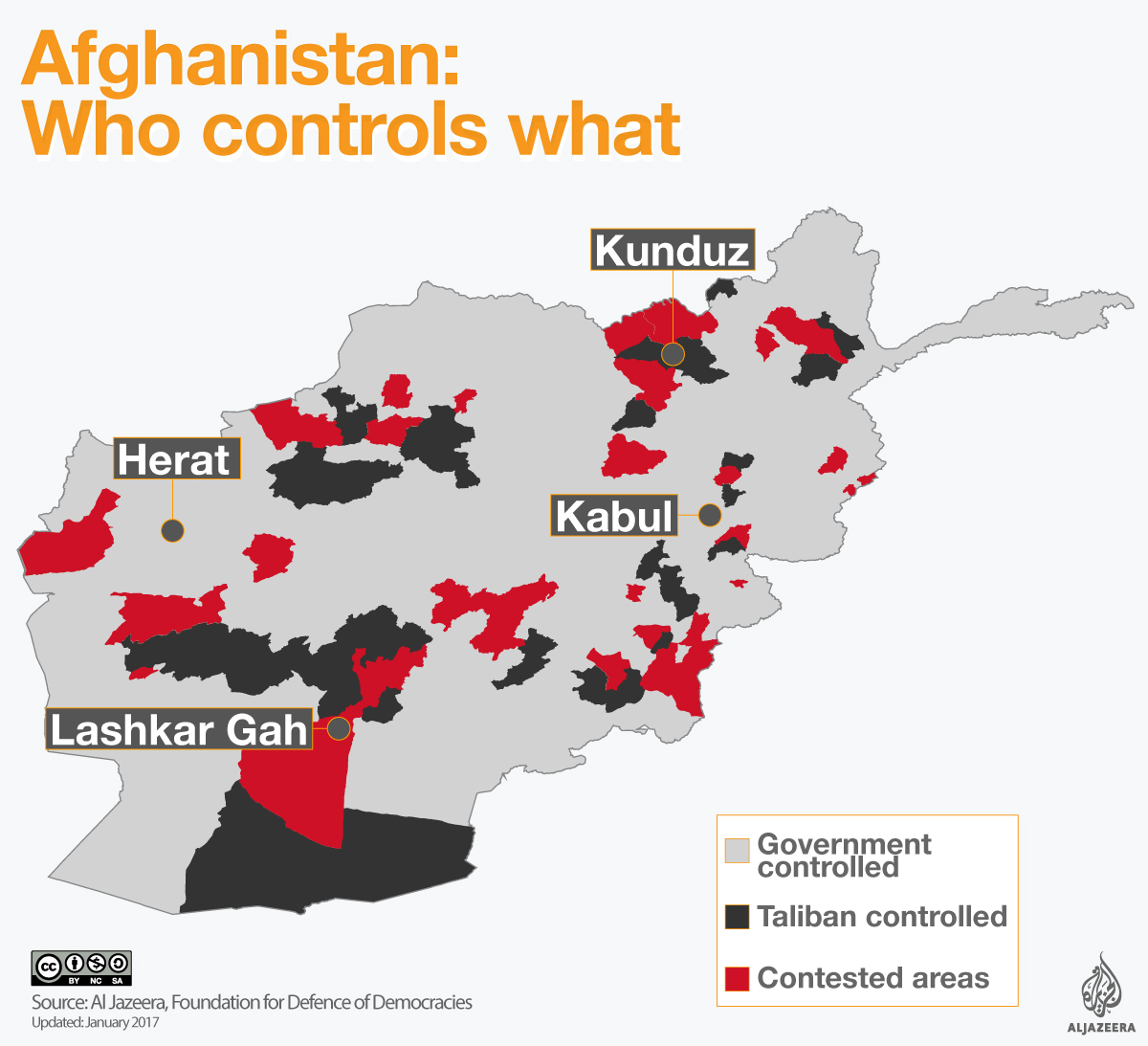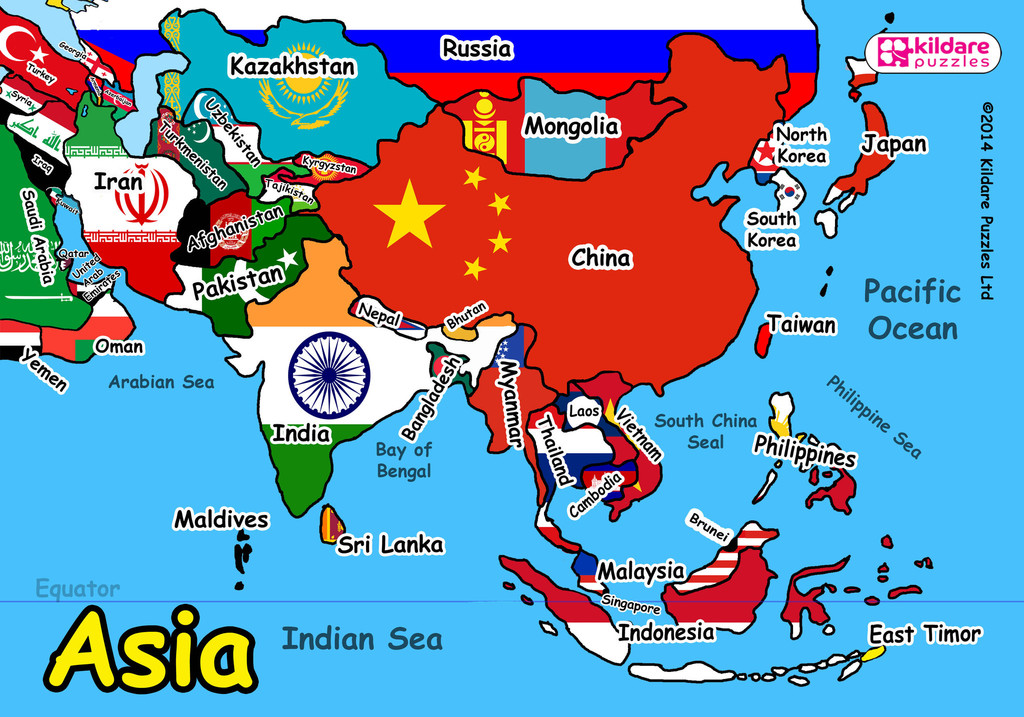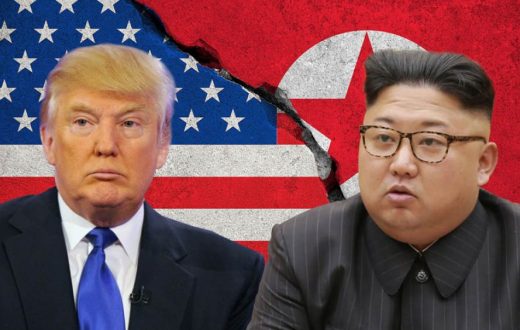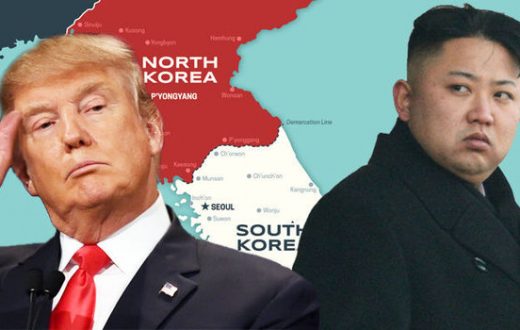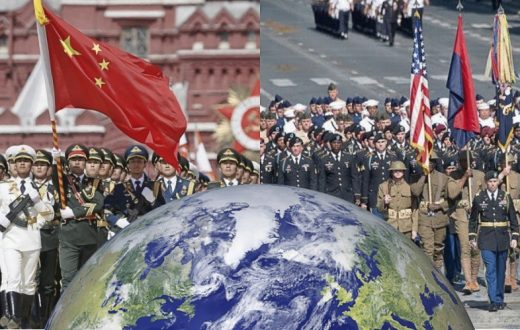By: Calvin Khoe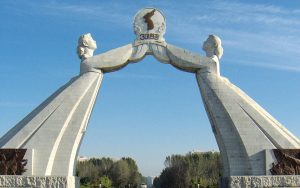
“Know your enemy, know yourself; in hundred battles, you will never be in peril” — Sun Tzu
Year of 2017 provides relentless uncertainty of security situation for the global community, especially for East Asia region. The core of economic and industry in Asia; China, japan, and South Korea synchronizes to accelerate prosperity in the region of Asia. All asian countries from South to South East and Central Asia; or even the global community are highly influenced by East Asia’s stability. Safe to say that prosperity through economic and trade stability will not be achieved unless security stability is established.
The tension of Korean Peninsula reached its highest peak in 2017 since the Korean War ceasefire in 1953. The involvement of global powers and multiple actors in the issue worsen the situation in the peninsula. As a global citizen, objective perspective in analyzing the matter is required. An objective understanding of both countries’ interests and powers will lead us further into an objective assessment. This article will provide an overview on military power (hard power) comparison and how the political elements are utilizing the hard power. The end of this article aims to give a picture on how the centre of gravity of a country becomes the key factor in driving political elements and hard power elements.
According to John M. Collins, security objectives are divided into two classifications known as “Defend” and “Safeguard”. “Defend” is referring to defending the national goals and “Safeguard” is referring to safeguarding the national interest. Thus, the national interest of a country is the byproduct of its national goals. From a realist perspective, it is believed that countries mainly seek survivability of their nation-states and fight to achieve their national goals. A country needs to assess any threat to the security objective and design a strategy to tackle the threat. Therefore, in order to survive, all countries need to have a continuous maintenance to their security objectives.
In the case of the North and the South Korea, I believe both countries have the same national goals of Korean Peninsula reunification. However, the national interest are different. The interest of North Korea is reunification under Pyongyang and their nation-state ideology while South Korea believes on the reunification under the rule of law and democracy. Therefore, the clash of interest due to different perspectives and ideologies leads to tension and sense of distrust between both countries. It is also undeniable that the foreign involvement of the US, China, and Russia for decades also shapes the dynamic in the peninsula. In short, we can conclude that the high tension situation followed by a sense of distrust will not provide a room for talk or negotiation.
There are two primary tools to secure and achieve the country interest known as military and diplomacy. First of all, North and South Korea look to each other as a threat and therefore military power assessment is important to determine a precise politico-military policies. In doing the military assessment, this article will compare the demographic and military head to head. Thus, we can see the comparison of both hard power capabilities. All the data were taken from globalfirepower.com.
Democratic Peoples Republic of Korea (DPRK) /North Korea
Demographic:
DPRK total population is 25,115,311 with total 10,100,000 fit for military service. Currently, there are 6,445,000 estimate total military personnel with 945,000 active duty personnel in the arms forces follows with the reserve personnel up to 5,500,000. Complemented with the prediction of 415,000 is reaching the military age.
Head to Head Comparison:
Air Power: DPRK air power consists of total three branches of service (army, air, and navy) equipped with 458 fighter aircraft, 572 attack aircraft, 100 transport aircraft, 202 total helicopter, and 20 attack helicopters.
Army Strength: DPRK army equipped with 5,025 combat tanks consist of Main Battle Tanks, medium, and light tanks. Followed with 4,100 armored fighting vehicles, 2,250 self-prepelled artillery, 4300 towed artillery, and 2,400 rocket projectors.
Navy Strength: DPRK army equipped with 11 frigates, 2 corvettes, 438 patrol craft, and 76 submarines.
Republic of Korea (ROK) /South Korea
Demographic:
ROK total population is 50,924,172 with total 21,035,000 fit for military service. Currently, there are 5,829,750 estimate total military personnel with 627,500 active duty personnel in the arms forces followed with the reserve personnel up to 5,202,250. Complemented with the prediction of 690,000 is reaching the military age.
Head to Head Comparison:
Air Power: ROK air power consists of total three branches of service (army, air, and navy) equipped with 406 fighter aircraft, 448 attack aircraft, 348 transport aircraft, 709 total helicopter, and 81 attack helicopters.
Army Strength: ROK army equipped with 2,654 combat tanks consisting of Main Battle Tanks, medium, and light tanks. Followed with 2,660 armored fighting vehicles, 1,990 self-propelled artillery, 5,374 towed artillery, and 214 rocket projectors.
Navy Strength: ROK army equipped with 1 aircraft carriers, 13 frigates, 16 corvettes, 70 patrol craft, and 15 submarines.
The comparison in numbers are made with exclusion to modernization of military equipment, and the comparison is made to establish approximation of the military capabilities. The North Korea focuses on the development of ICBM and Nuclear Head missile as proven by the data which indicates that North Korea possesses more rocket projectors than South Korea. This program becomes the primary deterrence of DPRK to the Republic of Korea (ROK) and the US. In the side of ROK, the recent agreement with US to deploy the anti missile systems or known as THAAD also becomes the deterrence of ROK to the DPRK.
The increasing tension based on military deterrence which is driven by different national interests and country objectives made a “back and forth” progress on North and South Korea reconciliation. In scheme of military there are 3 values of military victories which are victory without peace, war without victory, and victory without war. The North and the South are both aiming for victory without war, this value of victory is can be achieve by two ways. First, enhance the correspondence of military deterrence and economic sanction. Second, open dialogue and seek a common agreement.
It can be said that the reconciliation of Korean peninsula is located in the centers of gravity (COG) of these two countries. According to Clausewitz, center of gravity is “the hub of all power and movement, on which everything depends”. Meanings the COG would be translated as the capital city, individuals, or the ideology. In the North Korea the “King of Kim” is the COG followed by their ideology which is made by the “King”. In the South Korea, the COG would be in a form of democratic ideology and South Korean nationalism values. Thus, North Korea possess a tangible and centralized COG and the South Korea has an intangible, decentralized COG. Once again, the COG is the foundation of national goal which produces the national interest, and military or hard power exist as a tool which is remotely controlled by the COG. In short, this overview concludes that seeking the point of convergence which fulfills the interest of the COG of North and South Korea to establish a peaceful peninsula is a key way to resolve the tension and achieve the “Victory Without War”.
Edited by: Albert Sutanto


